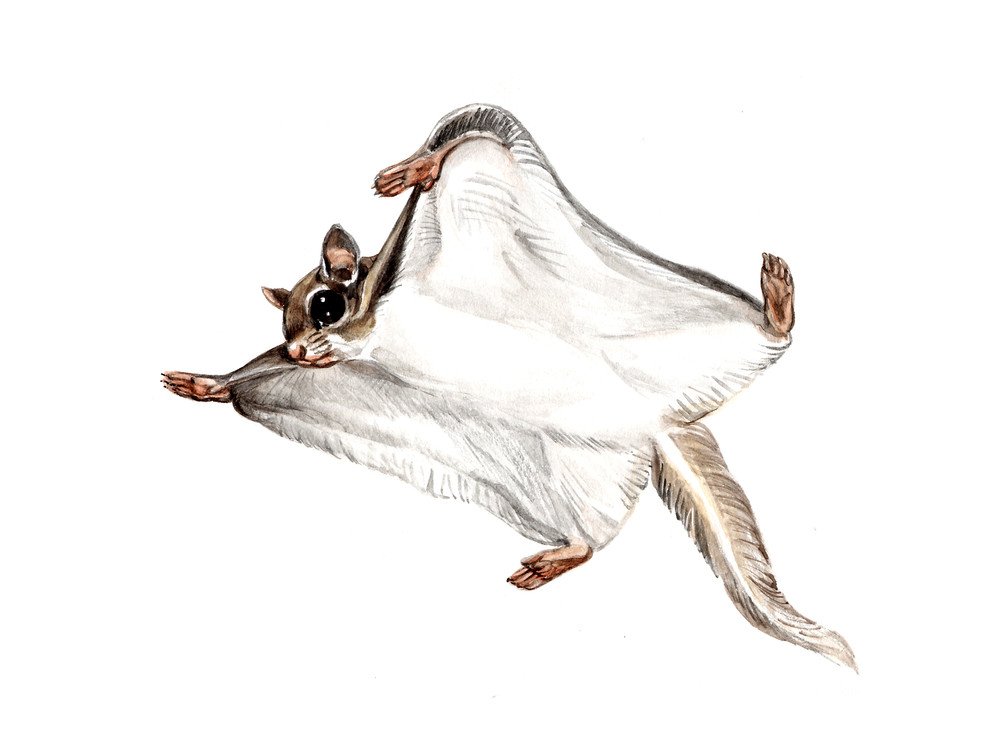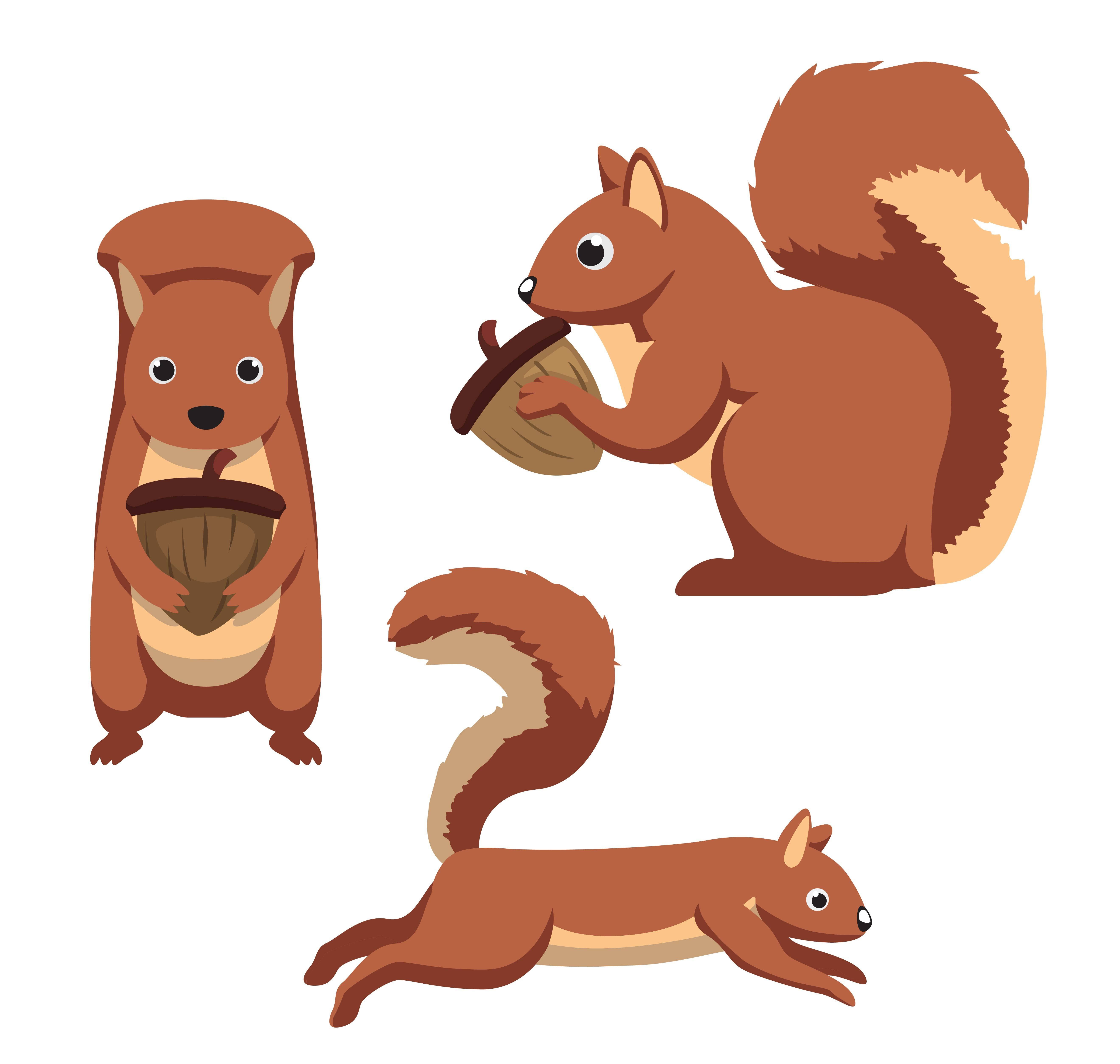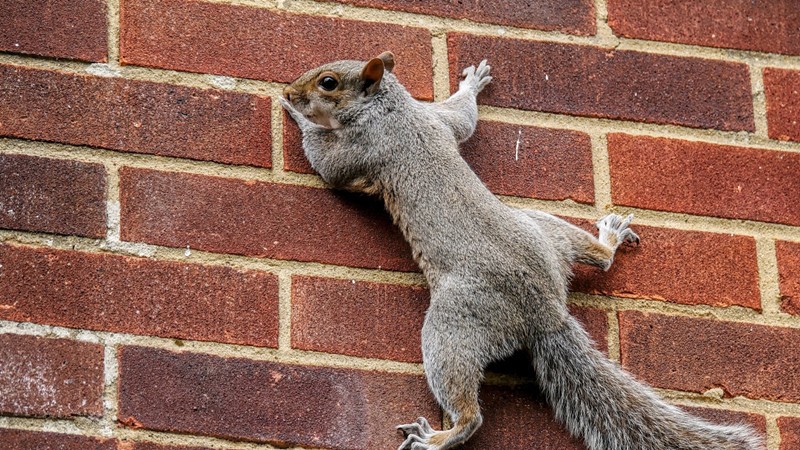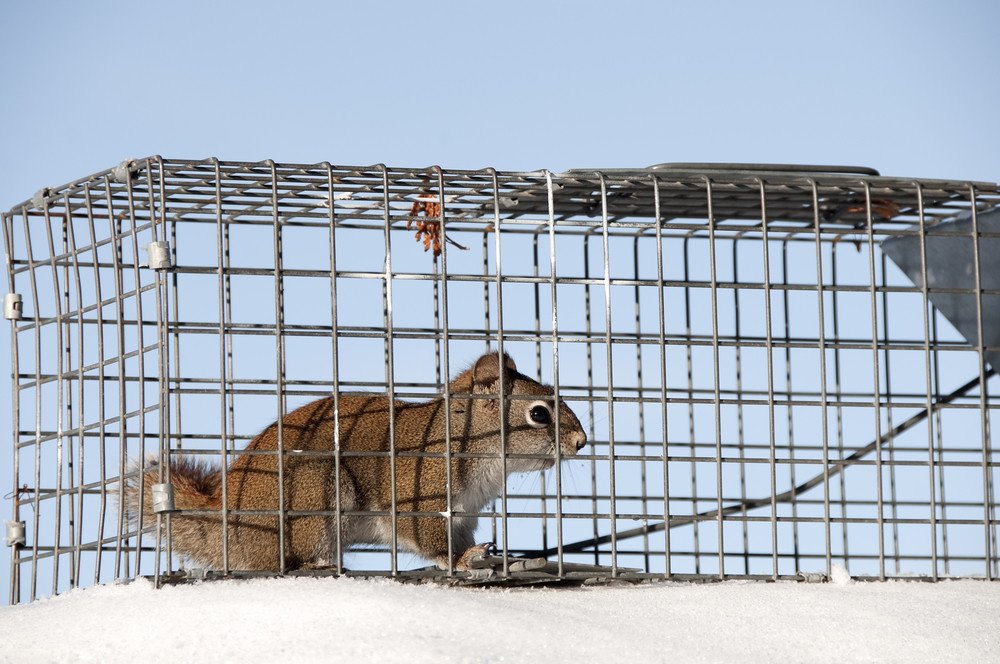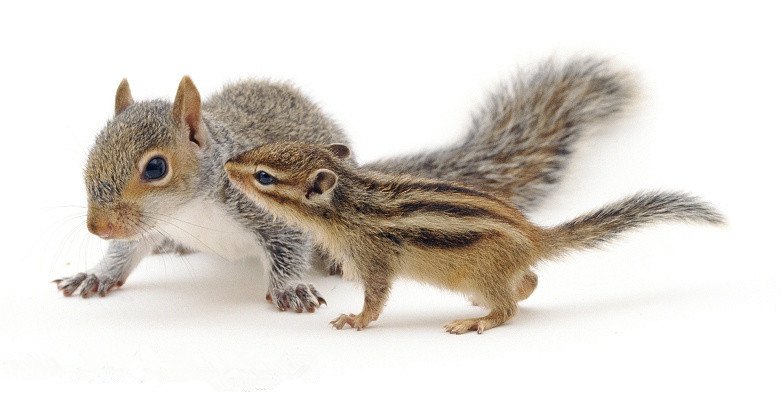Squirrels are a pest and that’s a fact. All of the suburban squirrel haters have something right in between them – these little rodents are capable of causing quite a lot of menace. While wild wood squirrels are considered to be cute and awesome, they are capable of doing some serious damage and that’s the main reason for which squirrel hunting is a real thing. However, it’s surrounded by different myths and it is important to debunk them in order for people to realize the full value of this otherwise rather pleasant endeavor. So, without any further ado, we are going to jump right into the interesting things.
Squirrel Hunting Myths and Facts – the Things to Consider
Read moreSquirrel Hunting: 4 Myth and Facts & 14 Practical Steps



